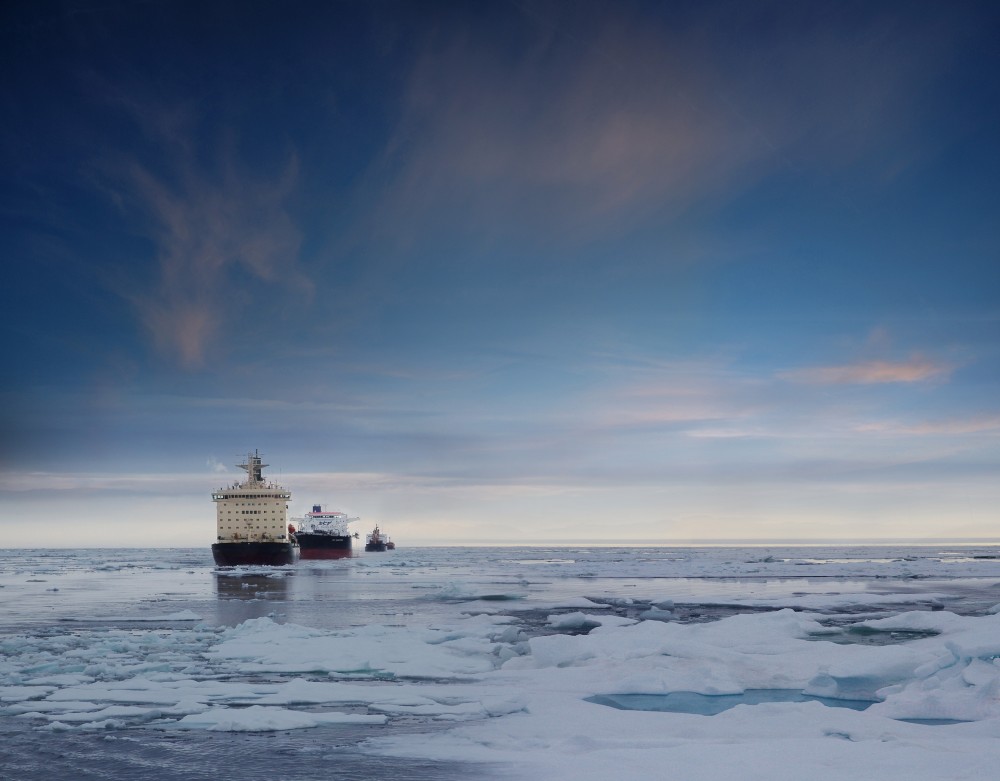I’ve been keeping an eye on “Ralph” (anomalous low pressure at the Pole). For a time he sagged south towards Siberia, (though often bulging further north than usual), and things seemed more or less typical, with the Beaufort high pressure establishing itself towards Alaska.
If course, as soon as you say “more or less typical” you tend to drop your guard, especially on the July 4 holiday, and that’s when you get sucker punched in the jaw. During the holiday the Siberian low shot across the Pole and knocked the Beaufort High right off the map. A second Siberian low formed, with a feeder band of milder air moving up its east side from the sun-baked steppes and tundra of Central Siberia.
A “zipper” formed on the warm front. over the New Siberian Islands on the east side of the Laptev Sea.
Rather than drifting east it curled north, drawing mild air as a feeder band, holding some modified Pacific air.
On the seventh day of the seventh month, it began blowing up, as the seventh summer storm since I began counting, back when we had the storm in the summer of 2012 that got so much attention.
If you remember, the 2012 storm generated all sorts of attention because it melted a lot of ice swiftly. Alarmists were overjoyed. Apparently the water had stratified and there was a slightly warmer layer of water below the “lens” of colder water at the surface. The reason the slightly warmer water didn’t rise was because it was saltier. Then the storm churned the water, and the milder water got into the mix. The speed at which the sea-ice vanished was quite remarkable. However then the milder water was “used up”, and the stratification ceased to be. This, along with (perhaps) the cooling of the water because it was initially exposed to arctic blasts the next winter, seemed to make the water so much colder that, when a similar gale blew up in 2013, what was remarkable was how little of the sea-ice melted. (It was also remarkable how crestfallen certain Alarmists were.)
The 2012 storm was described as “very rare”, and a “top five storm”. I’m not sure who was keeping the records, but if it was unusual, than the unusual is becoming more usual, for this makes the seventh top five storm we’ve had in seven years. We had two last summer, and this is the second we’ve had already, this summer. Ralph is on the rampage.
All eyes will be watching to see what sort of effect this storm will have on the sea-ice. Will it be like 2012 or like 2013?
The sea-ice remains thicker than last year. The “volume” always falls steeply during the peak of the melt, and this year has slipped below 2014, but remains far above last year’s.

The sea-ice “extent” has not fallen as steeply as last year. All eyes wait to see if the storm causes a downturn.

Despite the “feeder bands” of milder air Ralph draws up to the Pole, temperatures remain below normal.

As was the case with the storm in early June, the flip of the pattern has swung the cross-polar-flow completely around, to a flow from the Atlantic to the Pacific. (Dr. Ryan Maue map from Weatherbell)

This flow prevents the flushing of sea-ice down into the Atlantic, (a major reason for the low sea-ice “extent” in 2007). This inflow from the Atlantic looks likely to persist, as Ralph looks unlikely to surrender the Pole any time soon.
I should mention that, deprived of my addiction to views of sea-ice from floating cameras, I have turned to shipping reports in a sort of desperation. The lone American ice-breaker was down in San Diego. No sea-ice there, yet. However I think they are picking up scientists from Scripps. Hopefully those fellows bring a camera north and plant it on the ice.
The Russians have a whole different attitude. The built the world’s first icebreaker in 1897, and are determined to open the Northeast Passage, and replace the Suez Canal. They are building massive ships, veritable monsters.

How committed are the Russians? They have build forty of these monsters. This June they launched their biggest icebreaker yet. It will be able to smash through ice nine feet thick. Cost? Over a billion dollars!
What a gamble! So far the Russians are only escorting something like fifty ships a year, compared to thousands through the Suez Canal, but if they they can open the new sea-route it will be a change like Henry the Navigator putting Portugal on the map by exploring the new route to India around Africa.

The hope is that once they bash channels open in the summer, the channels will remain open, and some reinforced boats can travel without escort.

The gamble is, well, the arctic is the arctic. Ice can thicken and channels crunch shut. But the Russians have been battling the arctic for centuries. They alone have built off-shore rigs in the frozen sea, and had a terrific battle getting their tankers to load up the oil this spring, fighting this year’s thicker ice.

Stay tuned.



























